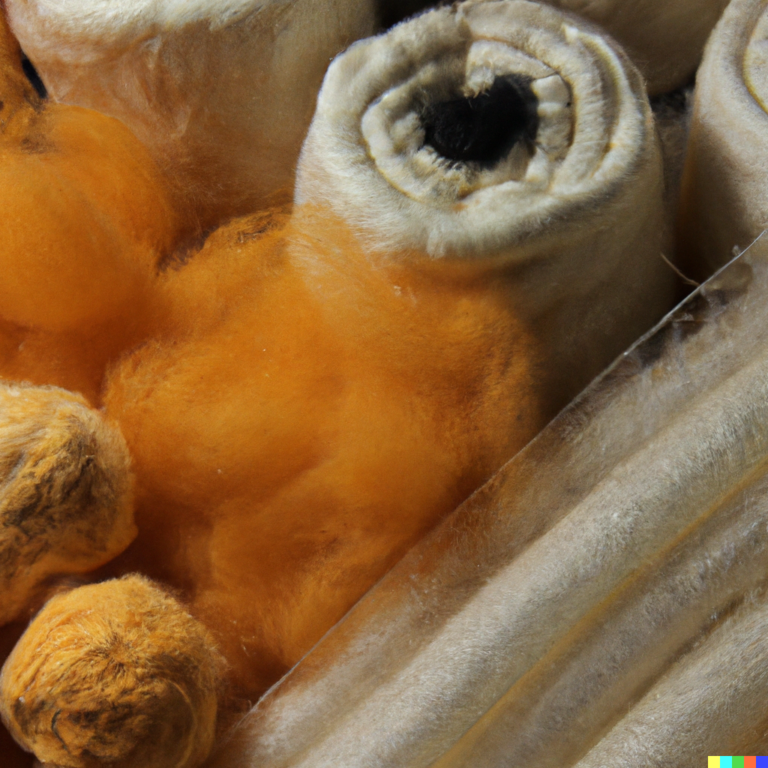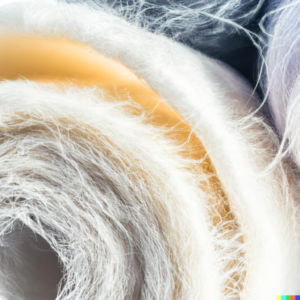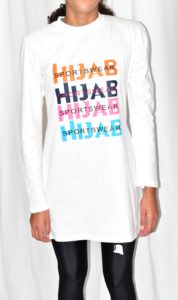- 877 220 8168
- [email protected]
The Pros And Cons Of Synthetic And Natural Fibers in Sportswear

Synthetic and natural fibers are both popular choices for sportswear, and each type has its own advantages and drawbacks. Knowing the pros and cons of each can help you make an informed decision about. Which type of fabric is best for your athletic needs?
Pros of Synthetic Fibers

Synthetic fibers are often made of polyester, nylon, or spandex, and they are popular choices for sportswear. Because they are lightweight, durable, and usually less expensive than natural fibers. Synthetic fibers are also highly resistant to moisture and quick drying. Which makes them ideal for wicking away sweat during a workout.
In addition, synthetic fabrics generally maintain their shape and color better than natural fibers. Which is beneficial for busy athletes who don’t have time to iron or dry clean their clothing regularly
Cons Of Synthetic Fibers
Synthetic fabrics may be quick-drying, but they are not as breathable as natural fibers. Which can cause athletes to overheat and can lead to skin irritation. Synthetic fibers also tend to trap odors, so they may need to be washed more frequently than natural fabrics.
In addition, synthetic fibers are not as environmentally friendly as natural fibers, as they are made from non-renewable petroleum-based sources that can be difficult to break down and recycle.

Pros of Natural Fibers
Natural fibers, such as cotton, wool, and silk, are breathable and absorbent, making them ideal for athletes. Who wants to remain calm and dry during a workout? Natural fibers also tend to be more durable than synthetic fibers. They are more environmentally friendly since they are made from renewable sources.
Natural fibers are typically more comfortable than synthetic fabrics and do not trap odors as synthetic fibers can.
Cons Of Natural Fibers
Natural fibers may be more comfortable than synthetic fabrics but are also heavier and less durable. In addition, natural fibers are more expensive than synthetic fibers and tend to wrinkle and shrink more easily. Natural fabrics can also be more difficult to maintain, as they often need to be hand-washed or dry-cleaned.
Ultimately, the pros and cons of synthetic and natural fibers in sportswear will depend on your individual needs and preferences. Synthetic fibers are usually more affordable, lightweight, and quick-drying, while natural fibers are usually more durable, breathable, and environmentally friendly. Consider your budget, fitness goals, and lifestyle when choosing the right fabric for your athletic needs.



